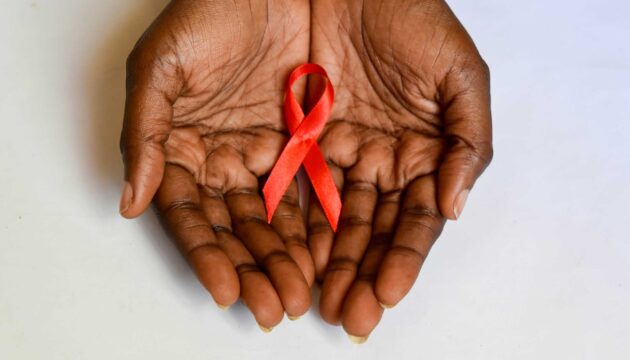Patient and Physician Behavior
Our work in Patient and Physician Behavior
-
Health Care Privacy Risks of AI Chatbots
Ultimately, health systems facing increased risk of AI chatbot breaches must decide whether to discourage clinicians’ use of this technology or embrace it.
Categorized in -
Clinical Practice Guideline for Deprescribing Opioid Analgesics: Summary of Recommendations
Eleven recommendations provide advice about when, how and for whom opioid deprescribing should be considered.
Categorized in -
Clinician Job Satisfaction After Peer Comparison Feedback
A Secondary Analysis of a Randomized Clinical Trial
Categorized in -
Comparing Doctors to Peers Doesn’t Make Them Hate Their Jobs and May Improve Quality of Care
Researchers found that behavioral interventions aimed at improving performance can be designed to protect clinician job satisfaction and improve quality of care.
Categorized in -
Investigating the Complexity of Naloxone Distribution: Which Policies Matter for Pharmacies and Potential Recipients
Despite efforts to address the opioid crisis, opioid-related overdoses remain a significant contributor to mortality.
Categorized in -
Identifying Healthcare Stereotype Threat in Older Gay Men Living with HIV
The majority of Healthcare stereotype threat experiences were connected to the social identities of sexual orientation, HIV status, and age.
Categorized in -
Interrupted Time Series Analysis: Patient Characteristics and Rates of Opioid-Use-Disorder-Related Emergency Department Visits in the Los Angeles County Public Hospital System during COVID-19
Public emergency departments served as a stopgap for patients suffering from OUD in Los Angeles County during the pandemic and can be utilized to guide preventative interventions in vulnerable populations.
Categorized in -
Should the Government Restrict Direct-to-Consumer Prescription Drug Advertising? Six Takeaways on Their Effects.
Policymakers should proceed with caution as they design proposals to restrict advertising.
Categorized in -
Many Americans Wrongly Assume They Understand What Normal Blood Pressure Is – and That False Confidence Can Be Deadly
Nearly half of all Americans ages 20 and up have high blood pressure. Yet research shows that most people in the US don’t know the cutoff numbers for healthy blood.
Categorized in -
A Simple Way to Reduce Overdose Deaths: Tell Doctors When Patients Die
If they think that the crisis is happening elsewhere, clinicians may underestimate the risk.
Categorized in









